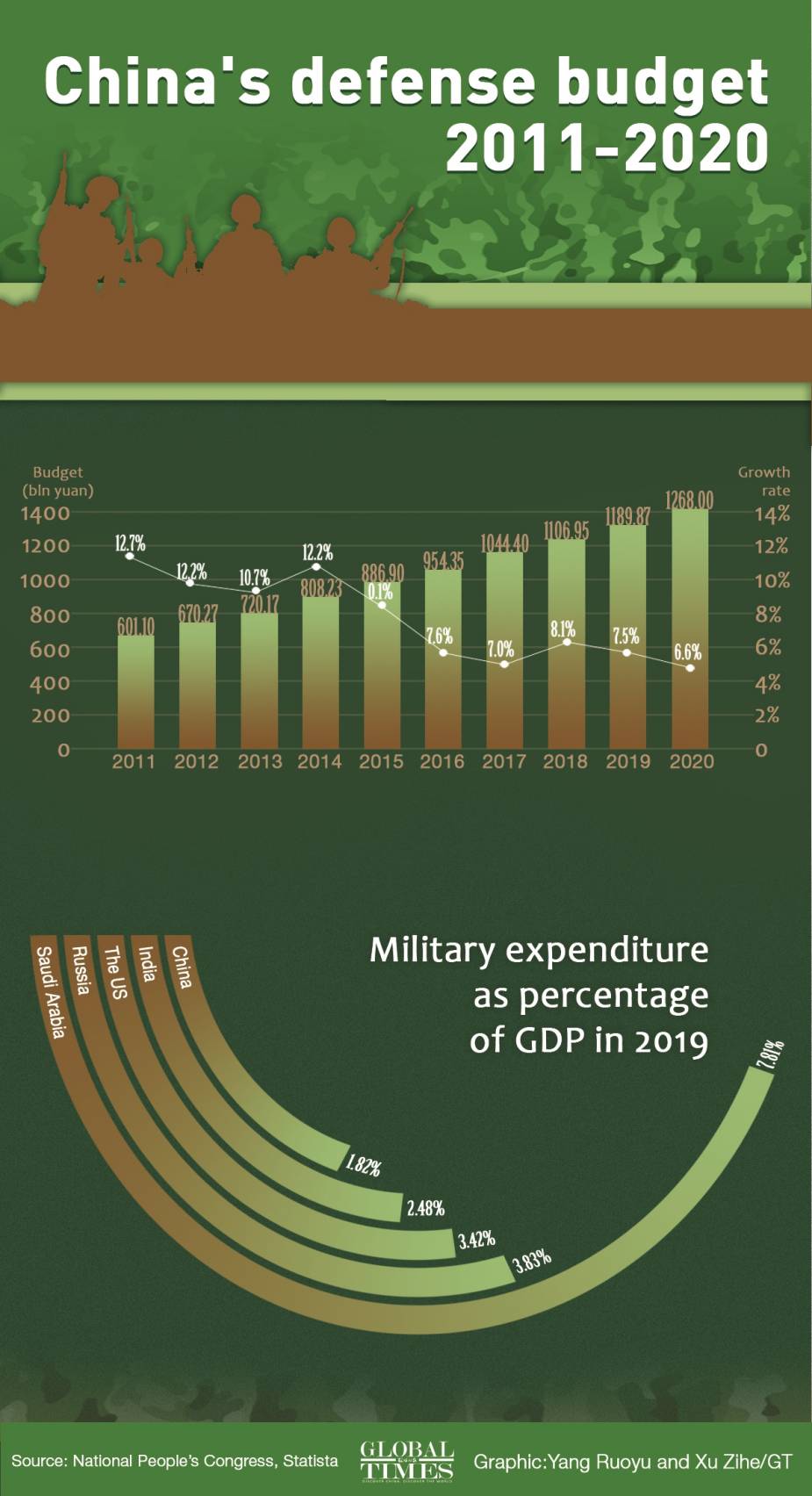Chinese defense budget to continue to rise in 2021
Despite the impact of COVID-19 over the past year, many Chinese military analysts and observers believe that the country's defense budget for 2021 will continue to increase, likely at a higher growth rate than 2020, and they name China's positive economic growth, the tough military threats China is facing and China's own rightful needs to develop national defense capacity as the main reasons, Global Times reports.
Follow Army Recognition on Google News at this link

Chinese 122mm SPH, combined arms brigade, 77th Army Group, plateau area, June 28, 2020 (Picture source: eng.chinamil.com.cn- Xue Zikang)
Economists and fiscal experts expect the world's second-largest economy to taper spending at large in 2021 on a tightening budget though, after a record 3.6 percent budget deficit target for coronavirus-inflicted 2020, Global Times reports. Several military experts reached by the Global Times a week prior to the expected release of the figure predicted a growth rate of around 7 percent.
In May 2020, at a time when many from the outside world were uncertain about China's financial situation after a huge blow dealt by COVID-19, the country still set its defense budget growth target at 6.6 percent, only slightly less than 2019's 7.5 percent, resulting in a draft budget of 1.268 trillion yuan ($196.44 billion), a figure beyond many people's predictions.
This year, China's economy is recovering and will provide stronger momentum for steady growth of the defense budget, analysts said. China is the only major country that maintained positive economic growth in 2020, and 2021 will be even better, so it will likely enjoy a small increase in its defense budget, Li Jie, a Beijing-based military expert, told the Global Times on Friday, February 26.
Echoing Li, Song Zhongping, a Chinese military expert and TV commentator, also forecasted a slightly faster growth rate at about 7 percent, and at least not much slower than last year. The upward trend is set to coincide with a downward spiral in government deficit budgeting, however.
China's defense spending had risen by an average compound growth rate of 9.1 percent between 2010 and 2019, but as compared with its entire economic size that continues upward, the country's defense burdens remain comparatively low. The country's defense budget officially accounted for 1.22 percent of GDP in 2019, lower than that of Russia, the US and India, AVIC Securities analysts led by Zhang Chao wrote in a research report in June 2020.
China has kept its defense budget at around 1.3 percent of its GDP for recent years, which is far below the average global level of 2.6 percent. This means China's defense budget is relatively low, and a little bit higher defense expenditure/GDP ratio could better reflect China's need in economic development, Song told the Global Times on Friday, February 26.
China continues to face external threats, and the possibility remains that some hot spots could turn into conflict, so it requires the People's Liberation Army (PLA) to enhance its might and comprehensive combat capability, which requires investments, Song said.
Li said that US President Joe Biden will likely use the Obama administration's strategy in the region for reference and continue to pressure China from the sea, rallying allies. "The South China Sea, the Taiwan Straits and the Diaoyu Islands will all remain as maritime security flashpoints". This would require the commissioning of more new weapons and equipment, which all need funding, both experts said.
Peng Huagang, spokesperson for China's State-owned Assets Supervision and Administration Commission (SASAC), said at a press conference on Tuesday that for the next step, SASAC will expand investment in national defense and the arms industry, the Xinhua News Agency reported. This also confirms that more funding will go to the arms and defense sector, analysts said.
Weapons and equipment are not the only aspects that cost money, as China's increased military expenditure also goes to the welfare of military personnel, daily training, military operations and military reform, according to China's national defense white paper released in July 2019. The overall higher living standard means pay rises to officers and soldiers, and more and more combat-oriented exercises that ensure the troops' combat readiness, despite being in peacetime, are also costly, a retired PLA officer who asked to remain anonymous told the Global Times on February 26.
The communiqué of the fifth plenary session of the 19th Central Committee of the Communist Party of China, held in Beijing in October 2020, made "making significant strides in the modernization of national defense and armed forces in the next five years" one of the main goals for the development of the economy and society in the 14th Five-Year Plan, and stressed that the development of the economy should go side-by-side with the strengthening of the military.
By the 100th anniversary of the founding of the PLA in 2027, the centennial goal of military development should be achieved; by 2035, the country should achieve modernization of the national defense and armed forces, it was announced at the plenary session., Global Times concludes.

China's defense budget 2011-2020. (Infographic: Yang Ruoyu & Xu Zihe/Global Times)




























